Acne is more than just an occasional breakout—it’s a chronic skin condition that can affect self-esteem and quality of life. While acne is most commonly associated with teenagers, many adults experience it too.
The key to managing acne effectively lies in understanding the different types of acne, what causes acne, and the treatments available. From at-home care to professional solutions like chemical peels and laser treatment for acne scars, you have options to achieve clearer skin.
What Causes Acne?
Acne develops when pores become clogged with oil, dead skin cells, and bacteria. But there are many contributing factors, including:
- Hormonal fluctuations: A rise in androgens increases sebum production, especially during puberty, menstruation, pregnancy, or stress.
- Genetics: If your parents had acne, you’re more likely to develop it.
- Poor skincare habits: Using comedogenic products or not cleansing properly.
- Diet: High-glycaemic foods and dairy are linked to increased breakouts.
- Medications: Certain drugs, like corticosteroids or lithium, can trigger acne.
- Environmental factors: Pollution and humidity can aggravate the skin.
Even emotional stress can worsen acne, leading to more frequent or severe flare-ups.
Understanding the Different Types of Acne
Not all acne is the same. Each type requires a unique treatment approach. Here’s a closer look at the types of acne and how they affect your skin.
1. Inflammatory Acne
Inflammatory acne is marked by red, swollen bumps that can be tender to the touch. These blemishes occur when bacteria become trapped in clogged pores, triggering an immune response. This inflammation leads to the formation of painful lesions, which can include papules, pustules, nodules, or cysts. Without proper treatment, inflammatory acne can result in long-term scarring.
2. Cystic Acne
Cystic acne is considered the most severe form of acne. It develops when pores become deeply clogged and infected, leading to large, pus-filled cysts beneath the skin. These cysts are not only painful but can also cause significant scarring if not addressed early. Unlike milder acne, cystic breakouts often do not respond to over-the-counter treatments.
Hormonal imbalances are a common trigger for cystic acne, making it prevalent among teenagers, women with PCOS, or those experiencing significant stress
3. Nodular Acne
Nodular acne is similar to cystic acne in its severity but differs in texture. Instead of pus-filled cysts, nodular acne results in hard, inflamed lumps deep within the skin. These nodules are often more solid and do not come to a head like typical pimples. Because they form so deeply, nodules can last for weeks or even months, causing prolonged discomfort and a higher risk of scarring.
This type of acne is caused by severe blockages in the pores, combined with intense inflammation. Nodular acne is particularly stubborn, often requiring prescription-strength treatments and professional care to manage effectively.
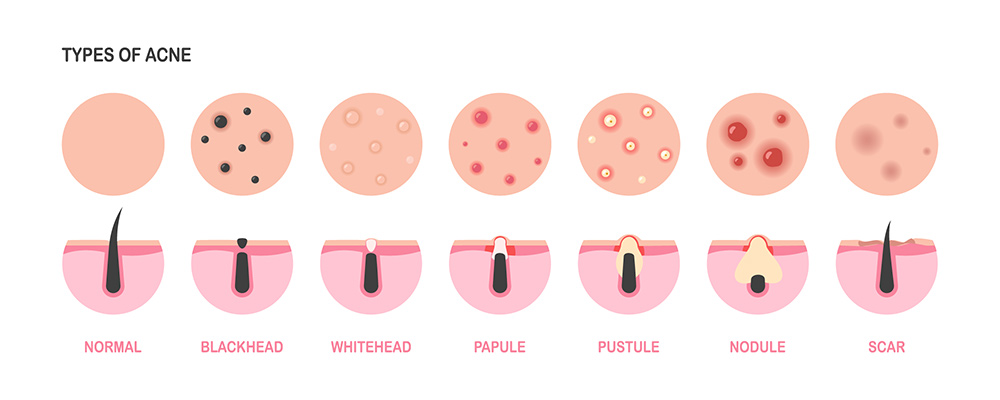
Unlike other acnes, fungal acne can only be treated by anti-fungal products.
4. Fungal Acne
Despite its name, fungal acne is not true acne. It’s a skin condition caused by an overgrowth of yeast in the hair follicles, technically known as Malassezia folliculitis. The bumps associated with fungal acne are typically small, uniform in size, and may be itchy. They often appear on areas of the body prone to sweat, such as the chest, back, and forehead.
Unlike bacterial acne, fungal acne doesn’t respond to standard acne treatments and requires anti-fungal products for resolution.
5. Hormonal Acne
Hormonal acne is triggered by fluctuations in hormone levels, which can increase oil production and clog pores. It often appears as deep, cystic breakouts, particularly around the jawline, chin, and lower cheeks. Women are especially prone to hormonal acne during menstruation, pregnancy, menopause, or when dealing with conditions like polycystic ovary syndrome (PCOS).
How to Treat Acne: At-Home and Clinical Options
Effectively treating acne involves addressing both the underlying causes and the visible symptoms. A combination of home care and professional treatments often yields the best results, depending on the type and severity of acne.
At-Home Treatments
Many people start with at-home remedies and over-the-counter products to manage mild to moderate acne. Key ingredients include:
- Benzoyl Peroxide, known for its antibacterial properties, can reduce the bacteria that cause acne and help dry out active breakouts.
- Salicylic Acid is a beta-hydroxy acid that exfoliates the skin, unclogs pores, and reduces inflammation.
- Retinoids, derived from vitamin A, promote skin cell turnover and prevent clogged pores, helping to treat existing acne and prevent new breakouts.
- Azelaic Acid works as both an antibacterial and anti-inflammatory agent, making it useful for sensitive skin types.
Beyond topical treatments, lifestyle changes can also support clearer skin. Maintaining a balanced diet rich in whole foods while reducing sugar and dairy can help regulate hormone levels and inflammation.
Staying well-hydrated keeps the skin healthy, while stress management techniques like yoga or meditation can prevent hormone-induced flare-ups. A gentle, consistent skincare routine using non-comedogenic products is essential for preventing further irritation.
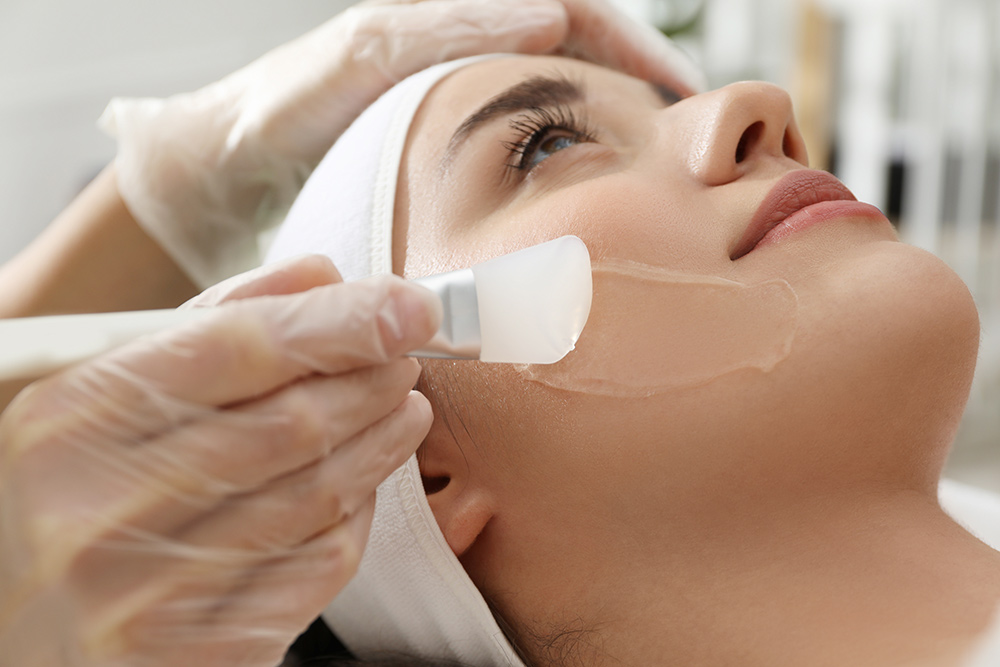
Chemical peels and laser treatments are both effective clinical treatments for acne.
Clinical Treatments
A chemical peel uses a specially formulated solution to exfoliate the top layers of skin. This process removes dead skin cells, unclogs pores, and encourages the growth of new, healthy skin. Chemical peels are particularly effective for treating mild to moderate acne, reducing blemishes, and fading post-inflammatory pigmentation.
By renewing the skin’s surface, chemical peels not only clear existing breakouts but also improve overall texture and tone, leaving the skin smoother and brighter.
Laser Treatment for Acne Scars
Once acne has cleared, many individuals are left with scars that affect their skin’s appearance. Laser treatment for acne scars works by stimulating collagen production and resurfacing the skin. This helps to fill in depressed scars, smooth rough texture, and even out skin tone.
Laser therapy is a non-invasive yet powerful option, particularly for those who have struggled with cystic or nodular acne that has left deep scars.
Dr. Malay Mehta can recommend the most effective and suitable treatment approach for each patient.
How to contact us
Phone: +91 7045291747
Email Us: drmalaymehta@gmail.com
6th Floor, Cosmos Court,
Vile Parle West Mumbai – 400056
Maharashtra, India
FAQs
What are the types of acne?
The main types include inflammatory acne, cystic acne, nodular acne, fungal acne, and hormonal acne. Each type varies in appearance and severity, needing different treatments.
How to treat inflammatory acne?
Inflammatory acne can be treated with topical products like benzoyl peroxide and retinoids, and professional treatments such as chemical peels. Reducing bacteria and inflammation early helps prevent scarring.
What causes inflammatory acne?
It’s caused by bacteria trapped in clogged pores, triggering an immune response that leads to redness, swelling, and tenderness. Hormonal changes and excess oil can worsen it.
Is acne only a teenage problem?
No, many adults experience acne due to hormonal fluctuations, stress, or other factors. Adult acne is common, especially in women.
What is cystic acne?
Cystic acne is a severe form involving deep, painful cysts filled with pus under the skin. It often needs medical treatment and can cause scarring if untreated.


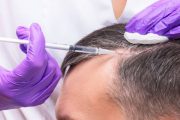




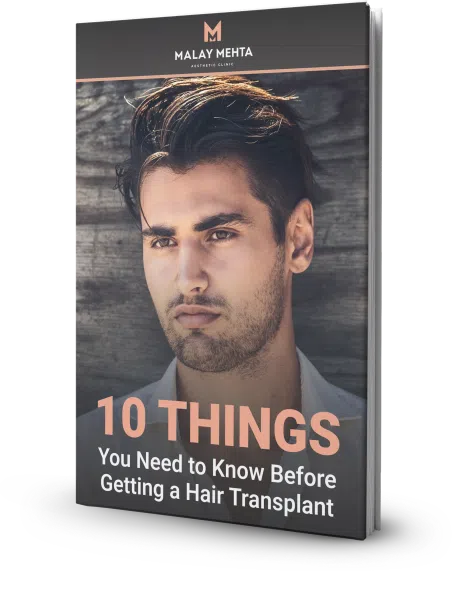


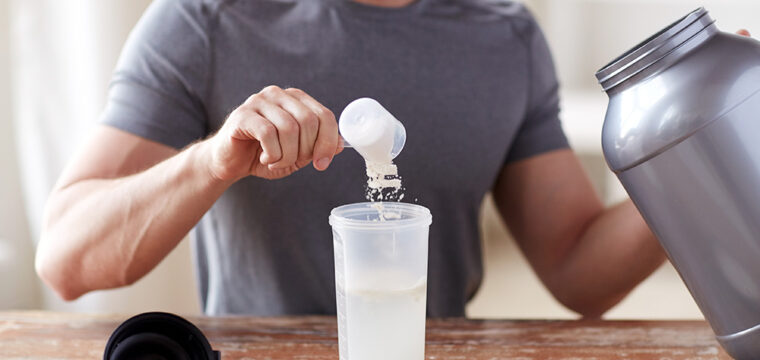
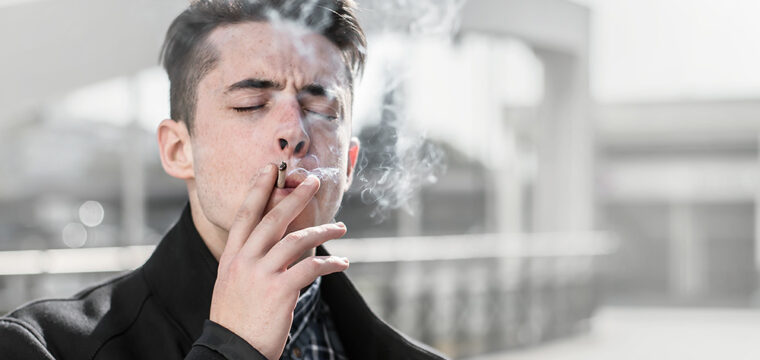
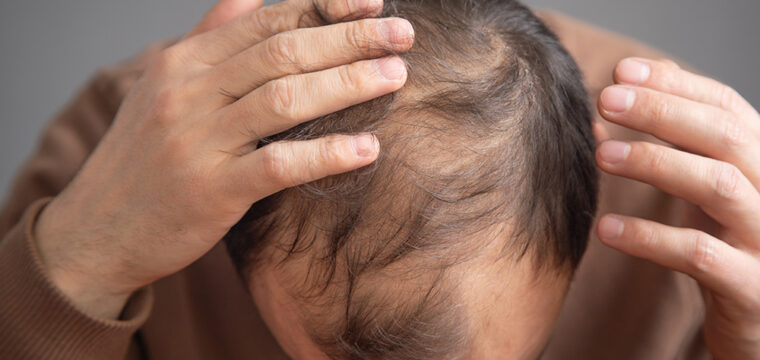

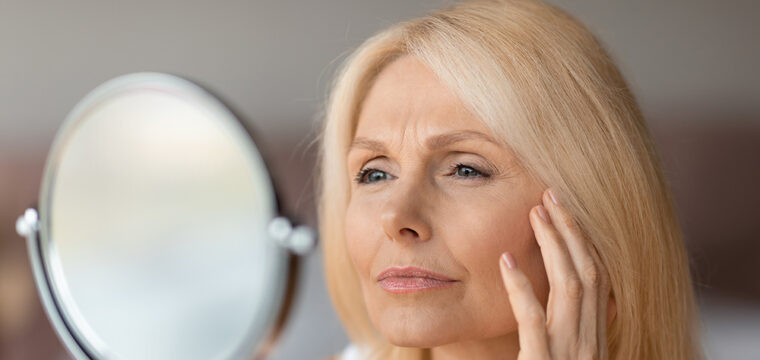
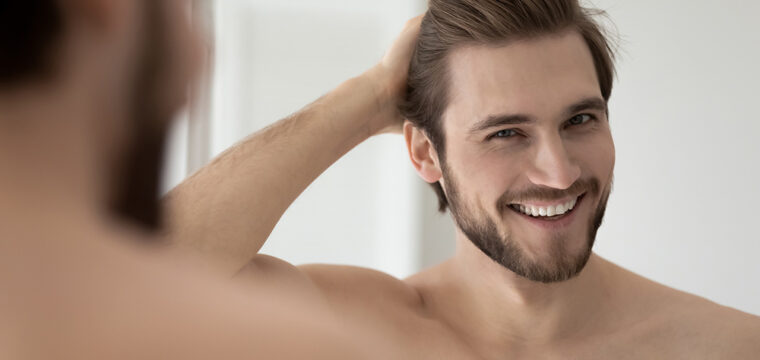


Comments